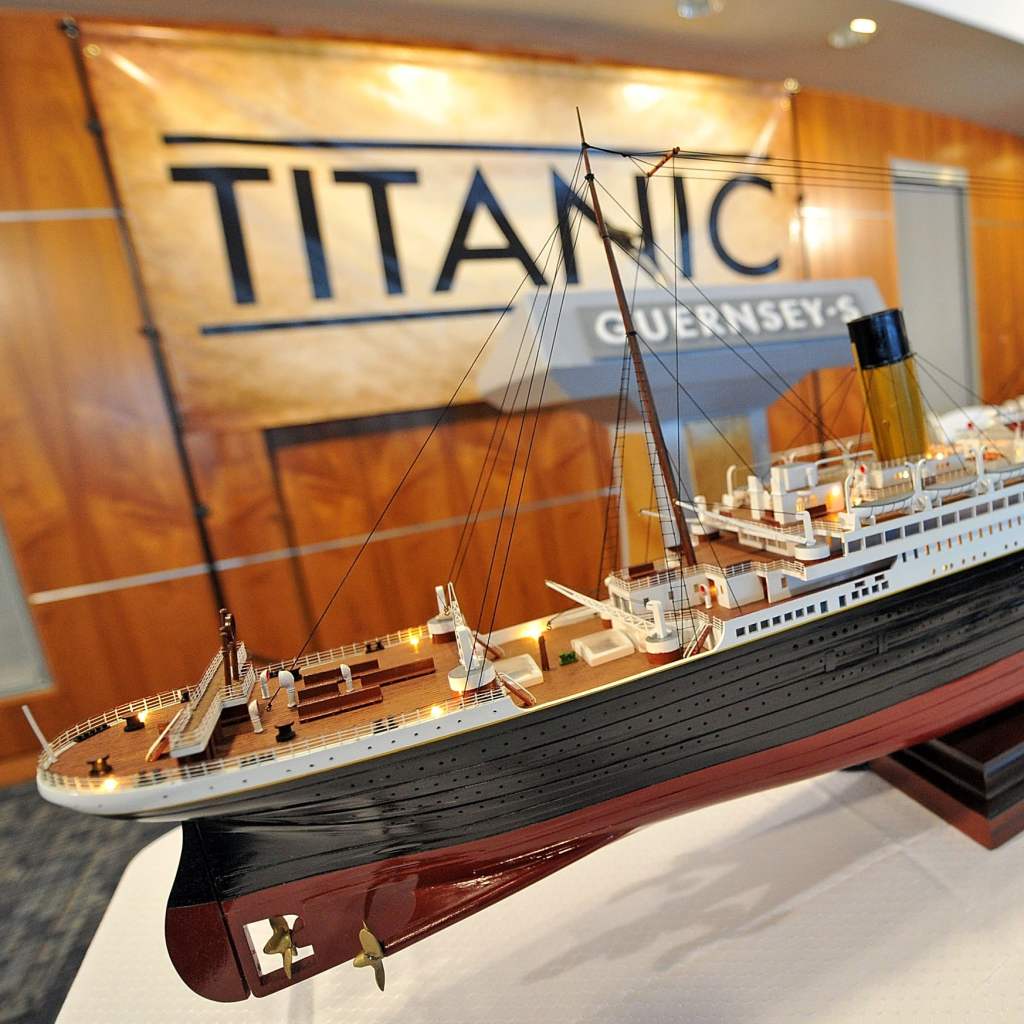As the world watches with hope amid the ongoing search for the missing Titanic submersible, there’s renewed interest in the tragic 1912 sinking of the passenger liner that prompted the tourist expedition. More than a century later, the incident remains the deadliest cruise-ship disaster in history – and the public remains captivated by it. Of course, there was the much-heralded dramatized version of the catastrophe, James Cameron’s 1997 film named after the ship. The movie has retained an audience decades later and deserves significant credit for why the Titanic‘s plight is a moment in history so widely known.
In the days since the submersible operated by tour company OceanGate Expeditions disappeared in the North Atlantic – and as search efforts continue while the five passengers’ air supply dwindles – let’s revisit what actually happened that April day, leading to the deaths of more than 1,500 passengers and crew.
The Titanic True Story
The RMS Titanic was a British-registered ship owned by a US company, according to the National Oceanic and Atmospheric Administration (NOAA), but was built in Belfast, Northern Ireland. At the time, the ship broke records for its size and luxurious accommodations for the most wealthy passengers like Rose in Cameron’s film adaptation – including Turkish baths, cafes, and libraries. The ship cost a reported $7.5 million to make, according to the Smithsonian, and was a staggering 882.5 feet long. It weighed 46,329 tons.
On April 10, 1912, the ship began its maiden voyage from Southampton, England, to New York with 2,240 aboard, according to the NOAA. Just days later, approaching midnight on April 14, 1912, the ship struck a giant iceberg on its starboard bow, the Smithsonian says. After the initial strike at 11:40 p.m., the ship quickly began taking on water. The flooding of watertight compartments caused the bow of the Titanic to be pulled down slowly, as ship crew members attempted to get passengers to put on life jackets – prioritizing the first and second class, the Titanic Historical Society says.
Lifeboats were filled – most not to their capacity – and lowered into the freezing water as the boat continued to sink. At 2:10 a.m., the ship’s stern had risen out of the water and remained upright at an angle, the Titanic Historical Society recounts. Ten minutes later, the boat snapped in half, with the bow section of the ocean liner the first to disappear into the ocean.
The first ship to arrive upon the scene was the RMS Carpathia, rescuing more than 700 survivors as other ships were dispatched in the coming days to recover bodies.
How Was the Titanic Wreckage Found?
It wasn’t until 1985 that the wreck site was discovered by a French and American team led by Dr. Robert Ballard, the NOAA says. It was discovered around 350 miles southeast of Newfoundland, Canada, at 12,500 feet under water. Two years later, another expedition began to salvage artifacts from the ship.
Manned dives to the wreck site happened frequently after the initial discovery – Cameron himself visited the ship’s remains before and after “Titanic”‘s release. For a while, though, these adventures were few and far between. Prior to a 2019 expedition, a human hadn’t been to the site since 2005, ABC News reported. During the 2019 dive, 4K footage was captured of the wreckage through special cameras. At the time, it was noted that the Titanic is “being consumed by the ocean” – slowly deteriorating under siege from natural bacteria.
OceanGate Expeditions – the company that owns the missing Titan, a seat on which costs $250,000 – had successful expeditions to the wreck in both 2021 and 2022. According to the OceanGate website, there were 18 dives planned starting in summer 2023.
Related: James Cameron Reveals He Had a Scientific Study Done on Jack’s “Titanic” Death

